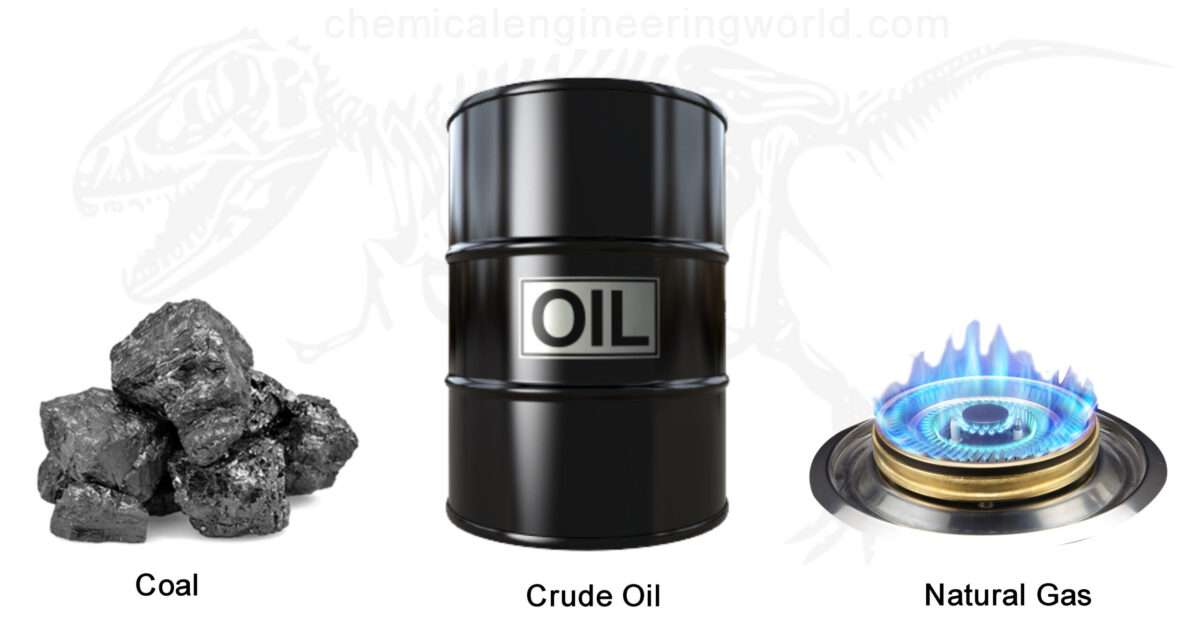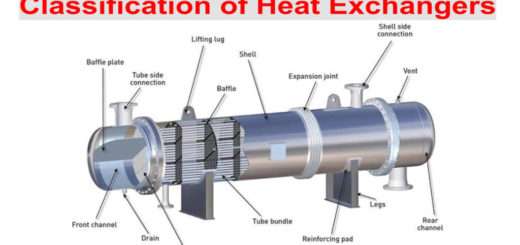Pressure Vessels Introduction

Pressure Vessels Introduction:- Any vessel which operates under pressure or in which pressure more than atmospheric is maintained can be called as pressure vessel. Such vessels are usually designed according to pressure vessel codes. The various equipments which may operate under pressure are reaction vessels, heater/cooler, heat exchangers, digesters, filters etc. When the pressure is maintained inside the vessel it is called as vessel subjected to internal pressure. When pressure lower than atmospheric is maintained inside the vessel it is termed as subjected to external pressure or operating under vacuum.
As advances in chemical process technology are taking place, it is becoming more and more necessary to use high pressures and retain them more safely. Therefore design of high pressure vessels has evoked great interest and to design such vessels proper stress analysis and proper design procedure is necessary.
Some examples where pressure vessels are used:
- In the manufacture of ammonia where reaction between nitrogen and hydrogen occurs at a temperature of 450-500°C and 200-900 atm. pressure in presence of (Fe + Mo) catalyst.
- In the manufacture of HNO3 where compressed air and NH, reacts at 750°C and 7 kg/cm2 in presence of Platinum-rhodium catalyst.
- In the manufacture of urea where ammonia and CO2, react at 175 C and at pressure of 200 kg/cm2 to produce ammonium carbamate.
- In the manufacture of methanol, the reaction between carbon monoxide and water gas occurs at 250 kg/cm2 and at 220°C.
- In the manufacture of aniline, vapor phase reduction of nitro-benzene is carried out at 27°C and 1.5 kg/cm2.
- In the manufacture of acetone catalytic de-hydrogenation of iso-propyl alcohol is carried out at 3-4 kg/cm2 and at 500°C.
The vessel used for the operation may be cylindrical or spherical. Spherical vessels are better in strength and lower in cost but due to difficulties of fabrication cylindrical vessels are more commonly used. Liquid ammonia or petroleum products are usually stored in spherical vessels. They are called as Horton spheres.
When a vessel is subjected to internal pressure, the various stresses induced in the vessel are:
- Hoop stress or circumferential stress
- Longitudinal stress
- Radial stress



For low values of operating pressure, the stress variation need not be considered. For high operating pressure, variation in all the three stresses is appreciable. Out of this tangential stress variation is greatest and the design should be based on it. The thickness required for a vessel depends upon the operating pressure and permissible stress of the material.
Before detailed design of a pressure vessel the following parameters have to be considered
- The type of fluid handled or being processed.
- Type of service required (continuous, intermittent or fluctuating).
- Geometry of vessel and type of vessel required for process which can be fabricated economically for the process requirements
- Availability of different materials of construction and their cost data
Process fluid, operating pressure, temperature and length of service decide the material of construction.
For vessels subjected to internal pressure, the design pressure is usually fixed at 110% of the normal operating pressure. In calculating design pressure at any point in the vessel the head due to operating liquid, catalyst etc. has also to be considered.
Vessels operating under vacuum are generally designed for full vacuum conditions. Design temperature is fixed generally at a value 10-20°C higher than the maximum operating temperature. Dead loads like weight of vessel, weight of internals, weight of contents, etc. and the forces like wind load, earthquake load, reaction from platforms, piping etc. are also considered.
































